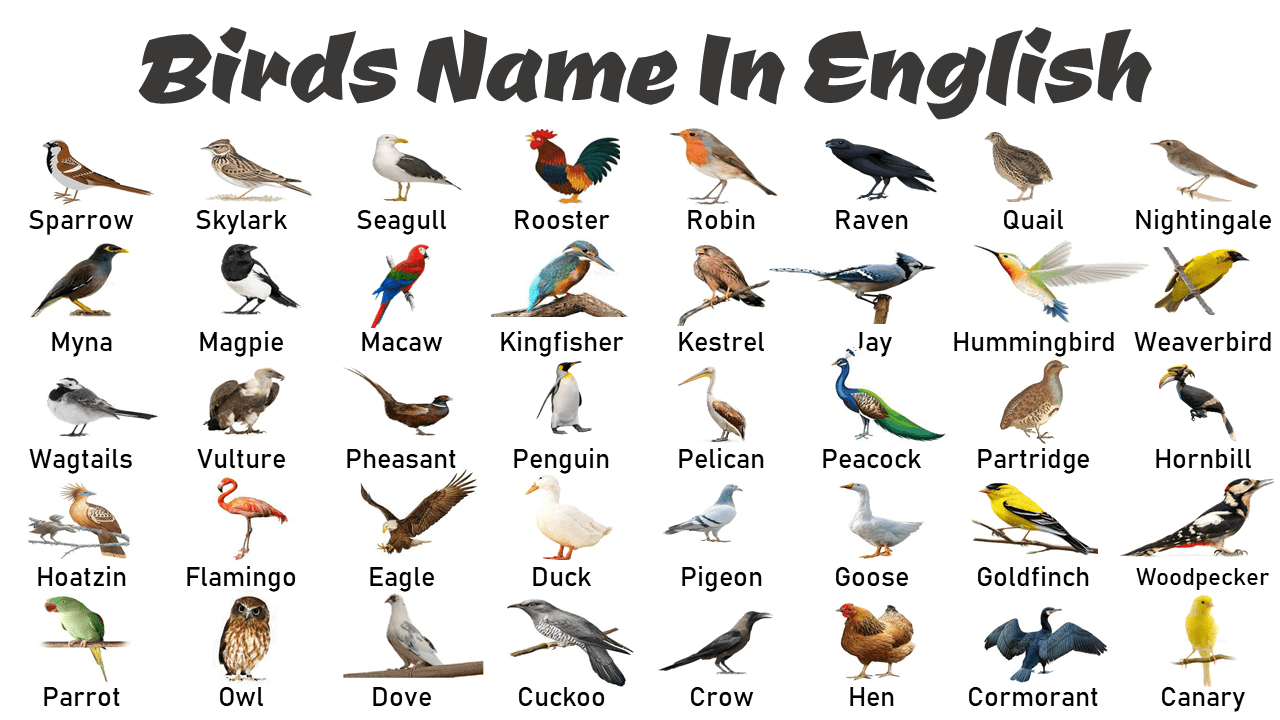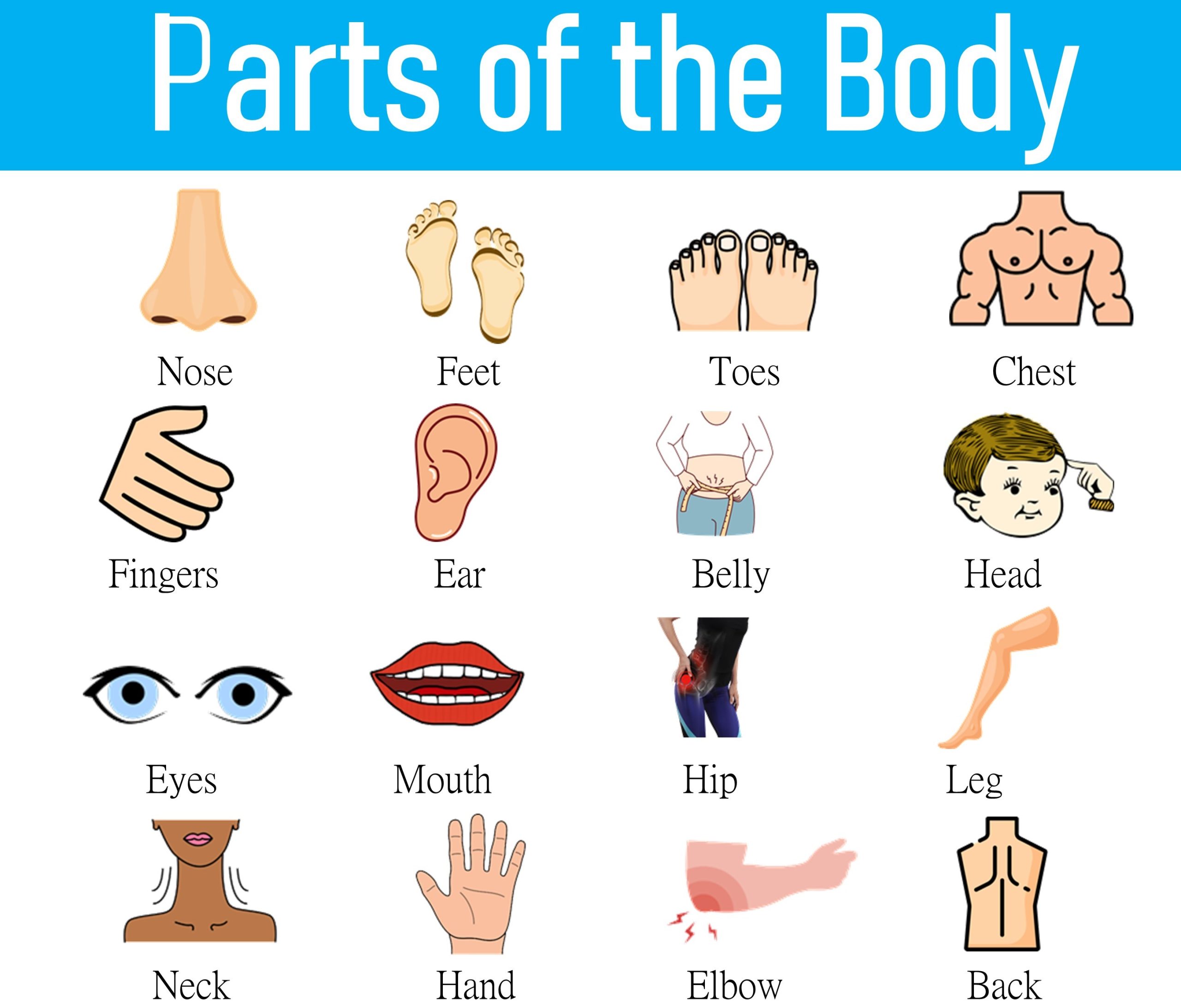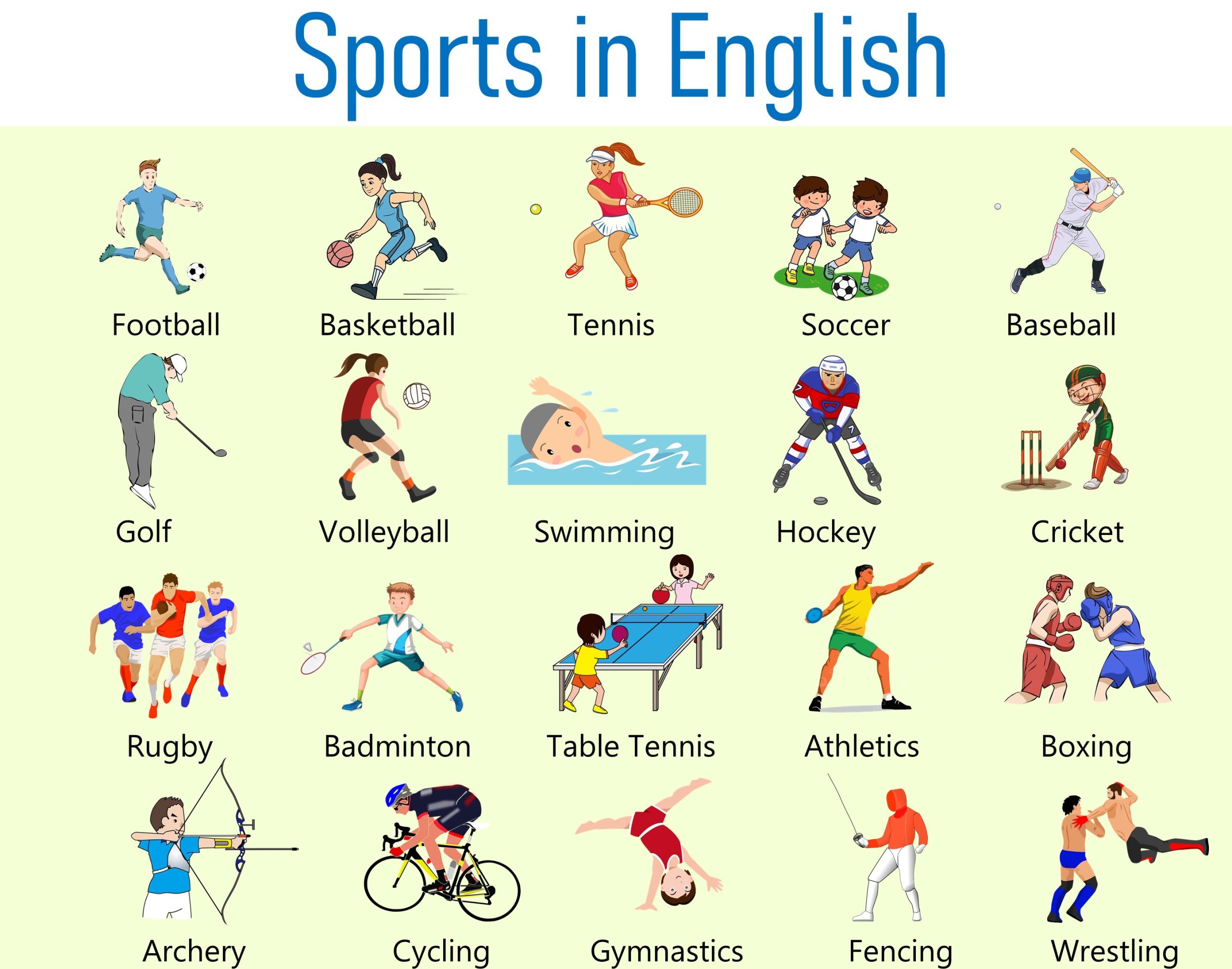What are Birds?
Birds are a diverse group of warm-blooded vertebrates belonging to the class Aves. They are characterized by several key features, including feathers, beaks, wings, and the ability to lay hard-shelled eggs. Birds are found in various habitats across the world, from forests and grasslands to deserts and oceans.
Feathers are one of the defining characteristics of birds. They provide insulation, enable flight, and display various colors and patterns used for communication and courtship displays. Birds have a unique skeletal structure that supports their ability to fly. Their front limbs are modified into wings, while their hind limbs are adapted for walking, perching, or swimming, depending on the species.
Birds have a beak or bill, which varies in shape and size depending on their diet and feeding habits. The beak is used for tasks such as capturing prey, probing flowers for nectar, or cracking open seeds. Unlike most other animals, birds lack teeth, and their beaks are specially adapted for their dietary needs.
Birds lay eggs, which are typically hard-shelled and laid in nests. Incubation of the eggs is often performed by the parents to ensure the development of the embryos. Some bird species, such as penguins and ostriches, incubate their eggs by keeping them warm with their bodies, while others build intricate nests for protection.
Types of Birds
Passerines:
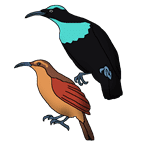 Passerines, also known as perching birds or songbirds, make up the largest order of birds, Passeriformes. They are known for their musical vocalizations and have specialized feet adapted for perching. Examples include sparrows, finches, warblers, thrushes, and blackbirds.
Passerines, also known as perching birds or songbirds, make up the largest order of birds, Passeriformes. They are known for their musical vocalizations and have specialized feet adapted for perching. Examples include sparrows, finches, warblers, thrushes, and blackbirds.
Raptors:
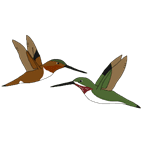 Raptors, also known as birds of prey, are characterized by their sharp beaks, strong talons, and exceptional eyesight. They are skilled hunters and include eagles, hawks, falcons, owls, and vultures.
Raptors, also known as birds of prey, are characterized by their sharp beaks, strong talons, and exceptional eyesight. They are skilled hunters and include eagles, hawks, falcons, owls, and vultures.
Waterbirds:
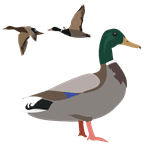
Waterbirds encompass various birds that inhabit aquatic environments, such as lakes, rivers, and coastal areas. This group includes ducks, geese, swans, herons, egrets, pelicans, gulls, and terns.
Gamebirds:
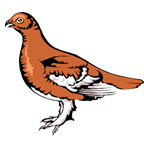 Gamebirds are birds that are often hunted for sport or food. They are typically found in fields, forests, or grasslands. Examples include pheasants, quails, partridges, grouse, and turkeys.
Gamebirds are birds that are often hunted for sport or food. They are typically found in fields, forests, or grasslands. Examples include pheasants, quails, partridges, grouse, and turkeys.
Seabirds:
 Seabirds are adapted to life in marine environments and spend a significant portion of their lives at sea. They include albatrosses, petrels, shearwaters, gannets, puffins, and various types of seagulls.
Seabirds are adapted to life in marine environments and spend a significant portion of their lives at sea. They include albatrosses, petrels, shearwaters, gannets, puffins, and various types of seagulls.
Shorebirds:
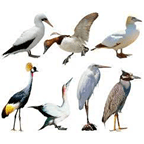 Shorebirds, also known as waders, are birds that inhabit coastal areas, mudflats, and wetlands. They have long legs and beaks, allowing them to forage for food in shallow water. Examples include sandpipers, plovers, herons, stilts, and avocets.
Shorebirds, also known as waders, are birds that inhabit coastal areas, mudflats, and wetlands. They have long legs and beaks, allowing them to forage for food in shallow water. Examples include sandpipers, plovers, herons, stilts, and avocets.
Parrots:
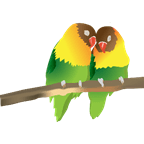
Parrots are colorful birds known for their vibrant plumage and ability to mimic sounds and human speech. They are primarily found in tropical and subtropical regions. Examples include macaws, cockatoos, parakeets, and lovebirds.
Hummingbirds:
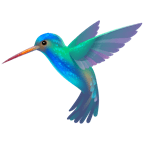 Hummingbirds are small, agile birds known for their rapid wing beats and ability to hover in mid-air. They are found primarily in the Americas and are specialized nectar feeders.
Hummingbirds are small, agile birds known for their rapid wing beats and ability to hover in mid-air. They are found primarily in the Americas and are specialized nectar feeders.
Penguins:
 Penguins are flightless birds that are highly adapted to life in the water. They are found primarily in the Southern Hemisphere, especially in Antarctica and the surrounding regions.
Penguins are flightless birds that are highly adapted to life in the water. They are found primarily in the Southern Hemisphere, especially in Antarctica and the surrounding regions.
List of Birds Names in English
- Albatross
- Bald Eagle
- Barn Owl
- Blue Jay
- Budgerigar
- Cardinal
- Chicken
- Cockatoo
- Cormorant
- Crane
- Crow
- Cuckoo
- Dove
- Duck
- Emu
- Falcon
- Flamingo
- Goldfinch
- Goose
- Great Horned Owl
- Grebe
- Hawk
- Heron
- Hoopoe
- Hornbill
- Hummingbird
- Ibis
- Jackdaw
- Jay
- Kingfisher
- Kiwi
- Kookaburra
- Lark
- Lorikeet
- Lovebird
- Magpie
- Mallard
- Nightingale
- Ostrich
- Owl
- Parakeet
- Parrot
- Peacock
- Pelican
- Penguin
- Pheasant
- Pigeon
- Puffin
- Quail
- Raven
- Red-tailed Hawk
- Robin
- Rooster
- Sandpiper
- Seagull
- Secretary Bird
- Snowy Owl
- Sparrow
- Starling
- Stork
- Swan
- Tern
- Thrush
- Toco Toucan
- Turkey
- Vulture
- Weaver Bird
- Whistling Duck
- Woodcock
- Woodpecker
- Wren
- Yellow Warbler
Birds Names with Some Description
| Albatross |
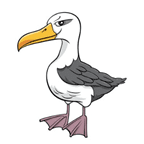 |
Known for their long wingspans, albatrosses are seabirds that can travel long distances without flapping their wings. |
| Blue Jay: |
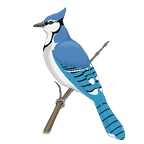 |
A colorful bird found in North America, the blue jay is known for its vibrant blue feathers and its noisy calls. |
| Cardinal: |
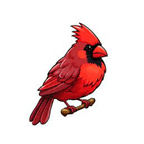 |
Cardinals are medium-sized songbirds found in North and South America. Males are known for their bright red plumage. |
Canary:
|
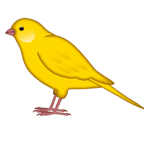 |
Canaries are small songbirds that belong to the finch family. They are native to the Canary Islands, which are located off the northwest coast of Africa. |
| Doves: |
 |
Doves are small to medium-sized birds known for their gentle cooing sounds. They are often associated with peace and are found worldwide. |
| Eagles |
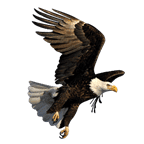 |
Eagles are large birds of prey known for their powerful flight and keen eyesight. They are considered symbols of strength and freedom. |
| Falcon: |
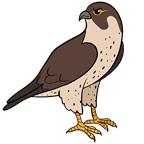 |
Falcons are agile birds of prey known for their high-speed aerial hunting. They have pointed wings and a hooked beak. |
| Goose: |
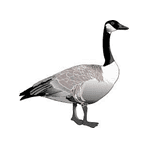 |
Geese are waterfowl birds known for their long necks and loud honking calls. They often migrate in large flocks. |
| Hummingbird: |
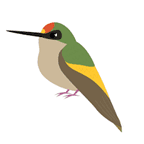 |
Hummingbirds are tiny birds found in the Americas. They are known for their rapid wingbeats and ability to hover in mid-air. |
| Ibis: |
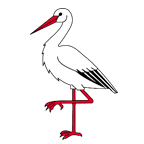 |
ibises are wading birds found in various parts of the world. They have long, curved bills and are often seen feeding in shallow water. |
| Jay: |
 |
Jays are medium-sized birds known for their colorful plumage and raucous calls. They are found in forests and woodlands. |
| Kingfisher: |
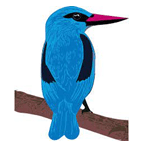 |
Kingfishers are small to medium-sized birds with vibrant plumage. They are skilled fish hunters and can dive into the water to catch their prey. |
| Lark: |
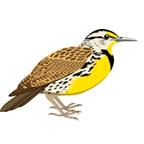 |
Larks are small songbirds known for their melodious songs. They are found in open grasslands and agricultural areas. |
| Magpie: |
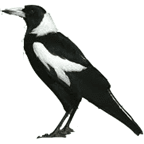 |
Magpies are intelligent birds known for their black and white plumage. They are known to be highly vocal and are found in various parts of the world. |
| Nightingale: |
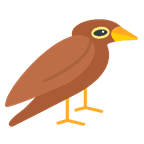 |
Nightingales are small songbirds known for their beautiful and melodious singing. They are found in Europe, Asia, and Africa. |
Owl:
|
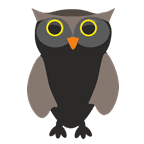 |
Owls are nocturnal birds of prey known for their distinct facial disc and ability to rotate their heads. They are excellent hunters and have silent flight. |
Puffin:
|
 |
Puffins are seabirds known for their colorful beaks and ability to dive underwater to catch fish. They are found in the northern parts of the Atlantic and Pacific Oceans. |
| Quail: |
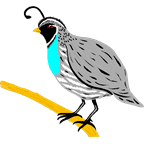 |
Quails are small game birds found in a variety of habitats worldwide. They have plump bodies and prefer to run rather than fly. |
| Robin: |
 |
Robins are small birds known for their red-orange breast and cheerful songs. They are found in Europe, Asia, and North America. |
Sparrow:
|
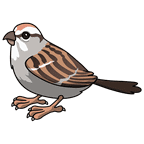 |
Sparrows are small passerine birds found in many parts of the world. They are known for their adaptability to various habitats. |
Toucan:
|
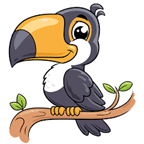 |
Toucans are tropical birds known for their large and colorful bills. They are found in Central and South America. |
Ural Owl:
|
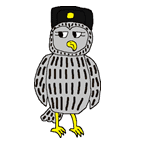 |
The Ural owl is a medium-sized owl species found in Europe and Asia. It has a distinctive rounded head and is known for its deep hooting calls. |
Vulture:
|
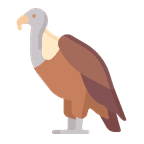 |
Vultures are scavenging birds of prey that feed on carrion. They play an important role in cleaning up the ecosystem. |
Woodpecker:
|
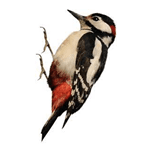 |
Woodpeckers are birds with specialized beaks for drumming on trees. They use their beaks to find insects and create nest cavities. |
Xantus’s
|
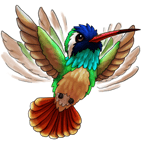 |
Hummingbird: Xantus’s hummingbird is a species of hummingbird found in Baja California, Mexico. It has iridescent plumage and is named after the naturalist John Xantus. |
Yellowhammer:
|
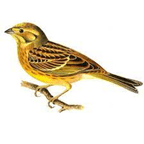 |
Yellowhammers are passerine birds known for their yellow plumage. They are found in Europe, Asia, and Africa. |
| Zebra Finch: |
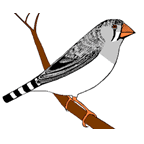 |
Zebra finches are small songbirds native to Australia. They are known for their distinctive black and white striped plumage. |
| Pelican: |
|
Large waterbirds with a distinctive throat pouch for scooping fish from the water. |
| Peacock: |
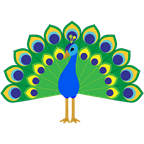 |
Colorful, extravagant bird famous for its vibrant tail feathers used in courtship displays. |
| Penguin: |
 |
Flightless seabirds with a unique waddling walk, adapted to marine life in Antarctica and surrounding regions. |
| Pigeon: |
 |
Common city-dwelling birds with diverse colors and patterns, having a strong homing instinct. |
| Seagull: |
 |
Common coastal birds with a scavenging diet, frequently seen near beaches and docks. |
| Swan: |
 |
Graceful, long-necked birds often forming lifelong pair bonds, symbolizing elegance and love |
| Parrot: |
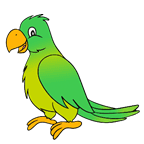 |
Colorful, talkative birds with a strong ability to mimic sounds and phrases. |
| Raven: |
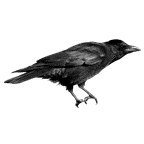 |
Intelligent, all-black birds associated with mythology and folklore across cultures. |
| Ostrich: |
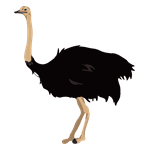 |
Largest and fastest birds, native to Africa, possessing long necks and powerful legs for running. |
| Cuckoo: |
 |
Brood parasitic birds known for laying eggs in other bird’s nests, leaving them to raise their chicks. |
| Kiwi: |
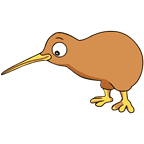 |
Flightless, nocturnal birds native to New Zealand, known for their long, slender bills and keen sense of smell. |
| Grouse: |
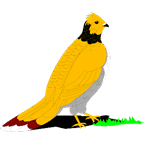 |
Plump, ground-dwelling birds often found in forests and grasslands, known for elaborate courtship displays. |
| Hoopoe: |
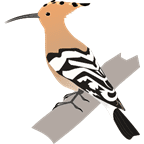 |
Striking crested birds with distinctive patterned wings, found in Europe, Asia, and Africa. |
| Roadrunner: |
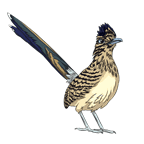 |
Fast-running ground-dwelling birds found in North and Central America, known for their agility and distinctive appearance |
| Heron: |
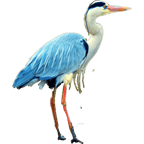 |
Long-legged wading birds often found in wetlands, patiently stalking prey with a dagger-like bill. |
| Wren: |
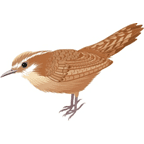 |
Small, energetic songbirds found in various habitats, with sweet melodious calls. |
| Hornbill: |
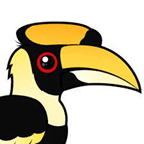 |
Large, tropical birds with curved bills and distinctive casques on their heads, found in Asia and Africa. |
| Osprey: |
 |
Fish-eating raptors with reversible outer toes for better grip when catching prey. |
| Quetzal: |
 |
Colorful, tropical birds revered by ancient civilizations for their stunning iridescent plumage. |
| Potoo: |
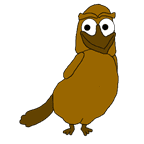 |
Nocturnal birds with cryptic plumage, blending perfectly with tree branches, found in Central and South America. |
| Lyrebird: |
 |
Exceptional songbirds from Australia, renowned for their ability to mimic natural and artificial sounds with astonishing accuracy. |
| Starling: |
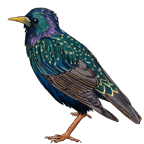 |
Sociable songbirds with iridescent plumage, capable of forming mesmerizing murmurations in the sky. |
| Emu: |
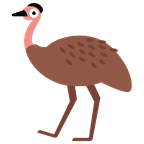 |
Second-largest bird in the world, native to Australia, with long legs and a distinctive neck. |
| Myna: |
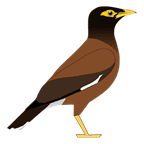 |
Common, omnivorous birds known for their vocal mimicry and adaptability to urban environments. |
| Hoatzin: |
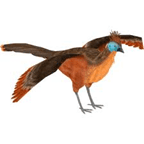 |
Amazonian birds with a unique digestive system, giving them a leafy odor and nickname “stinkbird.” |
| Gannet: |
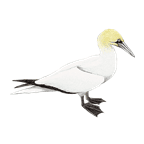 |
Seabirds with striking plumage, known for their dramatic plunge-diving to catch fish. |
| Nuthatch: |
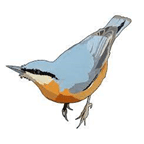 |
Small, acrobatic birds often seen climbing down tree trunks in search of insects and seeds. |
| Lark: |
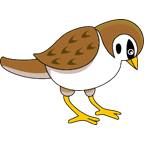 |
Small songbirds famous for their melodious, soaring songs, found in open habitats worldwide. |
| Scarlet: |
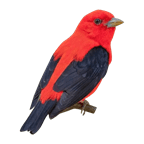 |
Scarlet refers to a bright red color, often associated with intensity, passion, and love. A vibrant parrot species found in Central and South America, known for its striking red, blue, and yellow plumage. |
| Kestrel: |
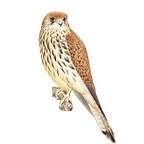 |
Small, hovering raptors with exceptional hunting skills, found in a variety of habitats globally. |
| Macaw: |
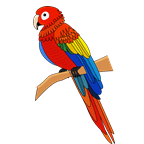 |
Large, colorful parrots native to Central and South America, known for their intelligence and vocal abilities. |
| Tern: |
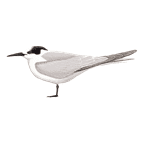 |
Graceful, migratory seabirds with forked tails, often seen flying over coastal waters. |
| Booby: |
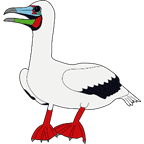 |
Seabirds with distinctive blue feet, diving to catch fish in tropical and subtropical regions. |
| Roller: |
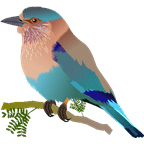 |
Vibrant, perching birds known for their acrobatic aerial displays during courtship. |
| Lapwing: |
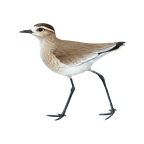 |
Wading birds with a distinctive ‘peewit’ call, commonly seen in wetlands and farmlands. |
| Magellanic Woodpecker: |
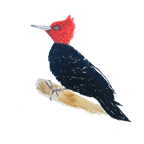 |
Magellanic Woodpecker: Largest woodpecker in South America, characterized by its striking black and white plumage. |
| Blackbird: |
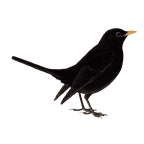 |
Common songbirds with distinct orange-yellow bills, known for their melodious songs. |
| Pelican: |
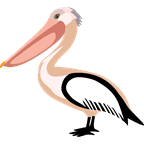 |
Large waterbirds with a distinctive throat pouch for scooping fish from the water.
|
| Swallow: |
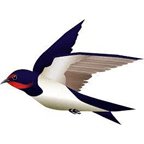 |
Agile birds with forked tails, famed for their long migrations and aerial acrobatics. |
Wild Birds Names in English
- American Robin
- Northern Cardinal
- Blue Jay
- Mourning Dove
- Eastern Bluebird
- American Goldfinch
- Black-capped Chickadee
- Downy Woodpecker
- Red-winged Blackbird
- Canada Goose
- Mallard Duck
- Bald Eagle
- Osprey
- Great Blue Heron
- Sandhill Crane
- American Crow
- Northern Mockingbird
- House Sparrow
- Ruby-throated Hummingbird
- Baltimore Oriole
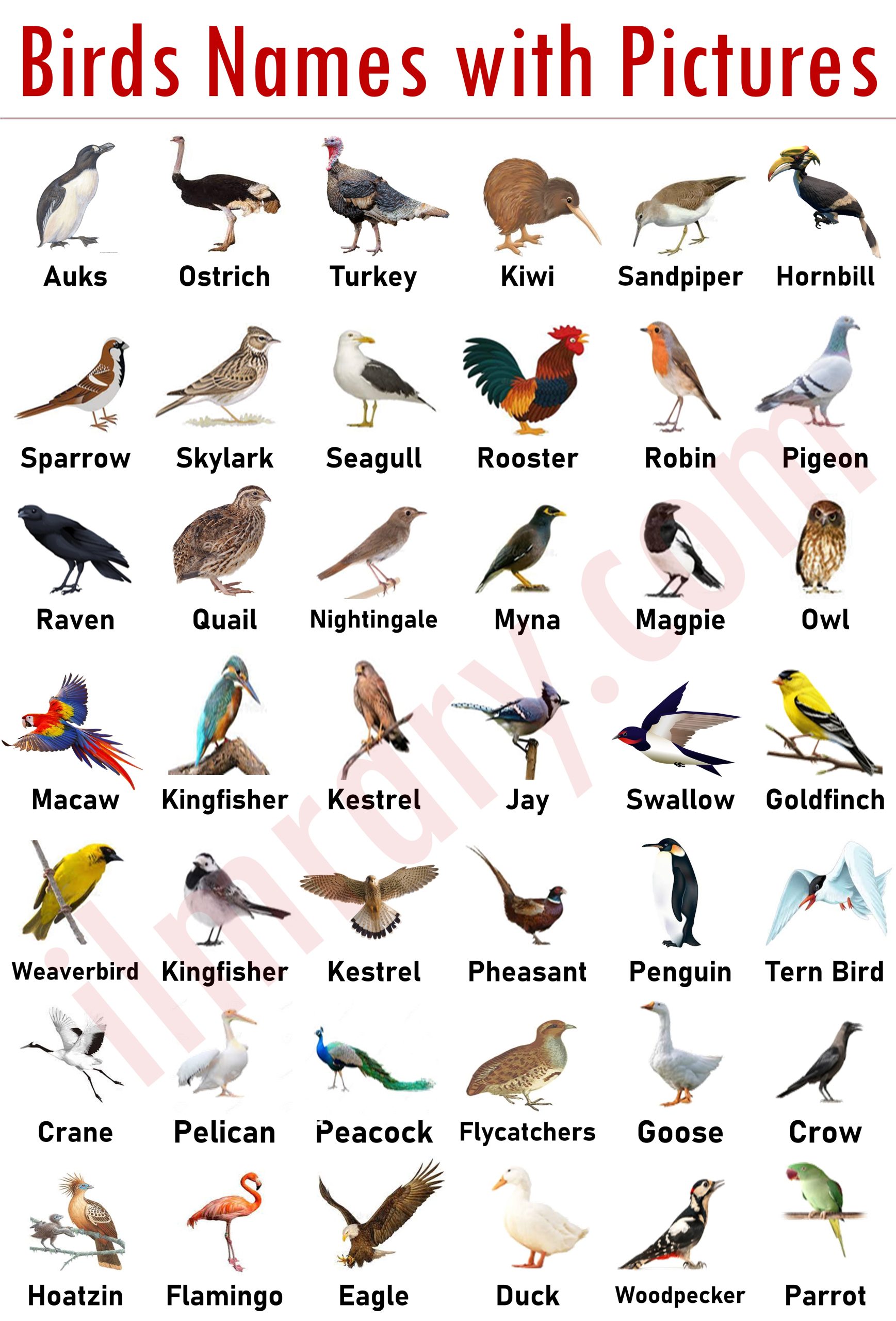
A to Z Birds Names in English with Pictures
Learn Animal Names in English
 Passerines, also known as perching birds or songbirds, make up the largest order of birds, Passeriformes. They are known for their musical vocalizations and have specialized feet adapted for perching. Examples include sparrows, finches, warblers, thrushes, and blackbirds.
Passerines, also known as perching birds or songbirds, make up the largest order of birds, Passeriformes. They are known for their musical vocalizations and have specialized feet adapted for perching. Examples include sparrows, finches, warblers, thrushes, and blackbirds. Raptors, also known as birds of prey, are characterized by their sharp beaks, strong talons, and exceptional eyesight. They are skilled hunters and include eagles, hawks, falcons, owls, and vultures.
Raptors, also known as birds of prey, are characterized by their sharp beaks, strong talons, and exceptional eyesight. They are skilled hunters and include eagles, hawks, falcons, owls, and vultures.
 Gamebirds are birds that are often hunted for sport or food. They are typically found in fields, forests, or grasslands. Examples include pheasants, quails, partridges, grouse, and turkeys.
Gamebirds are birds that are often hunted for sport or food. They are typically found in fields, forests, or grasslands. Examples include pheasants, quails, partridges, grouse, and turkeys. Seabirds are adapted to life in marine environments and spend a significant portion of their lives at sea. They include albatrosses, petrels, shearwaters, gannets, puffins, and various types of seagulls.
Seabirds are adapted to life in marine environments and spend a significant portion of their lives at sea. They include albatrosses, petrels, shearwaters, gannets, puffins, and various types of seagulls. Shorebirds, also known as waders, are birds that inhabit coastal areas, mudflats, and wetlands. They have long legs and beaks, allowing them to forage for food in shallow water. Examples include sandpipers, plovers, herons, stilts, and avocets.
Shorebirds, also known as waders, are birds that inhabit coastal areas, mudflats, and wetlands. They have long legs and beaks, allowing them to forage for food in shallow water. Examples include sandpipers, plovers, herons, stilts, and avocets.
 Hummingbirds are small, agile birds known for their rapid wing beats and ability to hover in mid-air. They are found primarily in the Americas and are specialized nectar feeders.
Hummingbirds are small, agile birds known for their rapid wing beats and ability to hover in mid-air. They are found primarily in the Americas and are specialized nectar feeders. Penguins are flightless birds that are highly adapted to life in the water. They are found primarily in the Southern Hemisphere, especially in Antarctica and the surrounding regions.
Penguins are flightless birds that are highly adapted to life in the water. They are found primarily in the Southern Hemisphere, especially in Antarctica and the surrounding regions.

